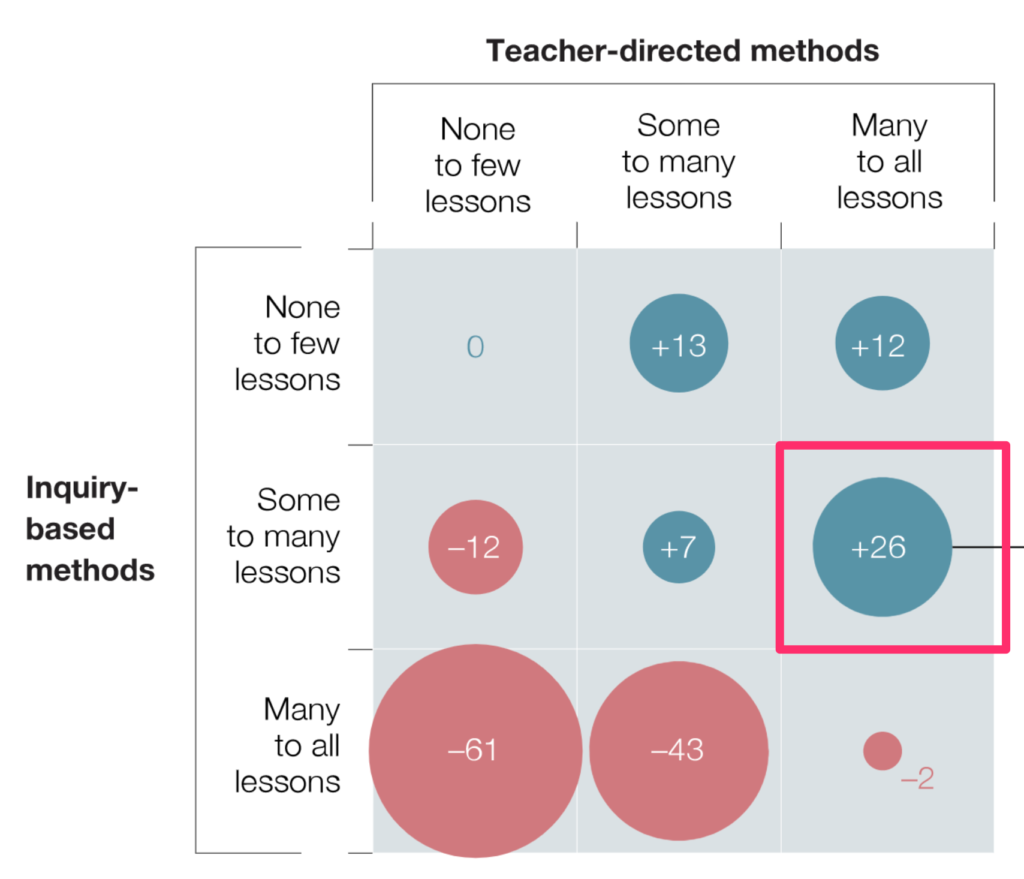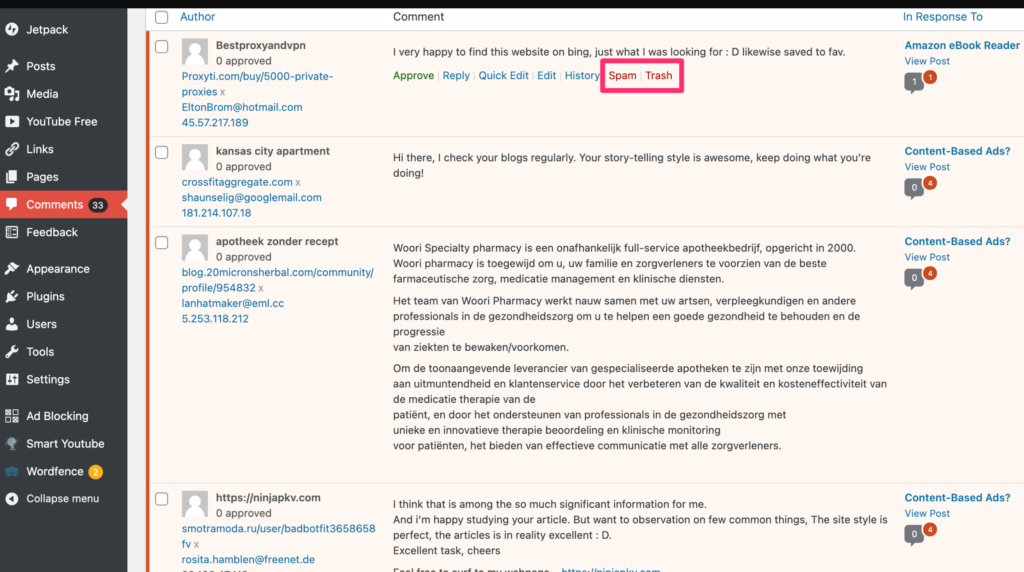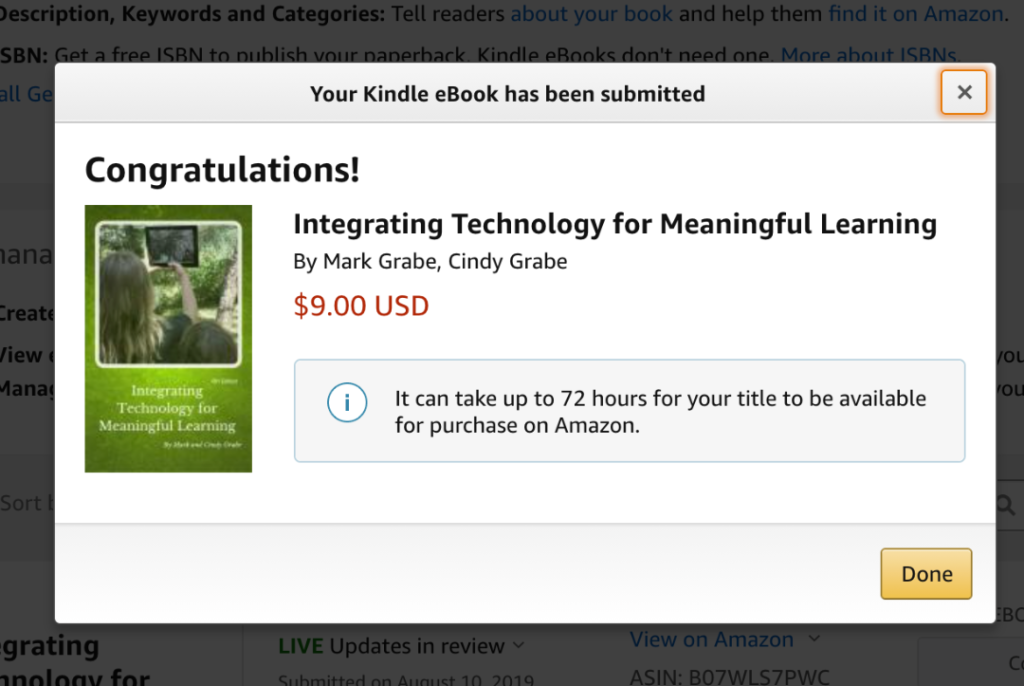The following is a repost of something I wrote in 2011. I have been reading about memory and the value of revisiting memories you find difficult to recall without cuing. There is a connection here. I decided my own writing would be interesting to re-examine as it reflects thinking I was doing at a given point of time and how the possible relevance may have been forgotten. The post concerned my reflection on expertise and how it is accepted or rejected. Thinking about what I was thinking about.
From 2011
A recent interview by Steve Hargadon (Future of Education) featured Douglas Rushkoff (Program or Be Programmed) (also see this etsy post). The simple version of the message, I think, is that we should participate now to shape how our digital tools are used because these tools will end up defining our future. I admit to not having this book on my reading list at this point, but some of the ideas did seem interesting.
The author’s response to a particular question caught my attention. The question directed at Rushkoff pretty much amounted to “Why do some who produce content deserve to be paid for their efforts and others do not?” So, the questions are being asked of a multi-book author who is compensated for his writing activities. And, the question is related to the premis offered by that author that we need to understand the technologies we are creating because our experiences and our assumptions end up being shaped by these creations. Part of the background for the question was related to participatory culture (e.g., bloggers) and the opportunity for so many to offer their opinions and how such opinions may influence others.
The author’s response focused on journalism and argued that journalists should be compensated while bloggers possibly should not because of the preparation, evaluation, and integration that went into the products generated by journalists, but not necessarily the products generated by bloggers.
This got me thinking about the topic of “what are we willing to pay for?” I agree with Rushkoff that we may fail to appreciate expertise when a technology system offers no apparent way to differentiate the process that went into the generation of an information product. On the surface Rushkoff’s position makes some sense, but it occurred to me that while one might conclude that the processes of preparation, evaluation, and integration warrant compensation should one necessarily conclude that those who are paid have engaged in these processes?
We typically pay someone else for services we are either unable or would rather not perform for ourselves. A journalist potentially has access to information sources the rest of us do not have and has the time to carefully evaluate these sources in order to provide a more concise and accurate account for us to consider.
However, the confabulation of payment with a title can lead to other problems Rushkoff did not identify. Perhaps we are now at the point where definitions of “the press” and “journalism” are somewhat ambiguous and assumptions associated with these terms problematic. “Gets paid” seems an agreed upon characteristic of both the official “press” and the occupation of “journalist”. What about characteristics such as “objective” or “critical”? How about “entertaining” and “agenda supporting”?
I completely agree with Rushkoff’s argument that we need to pay attention as technologies evolve because our technologies end up shaping us. Blogs are the least of our problems. We should have been more aware as cable television allowed the creation of “channels with a perspective”. We now think we are being informed by paid professionals who remain employed by a broadcasting company because they can take a given event and interpret it to conform to the philosophy or bias of the channel that employs them.
I think we need some kind of rating system that better defines the basis for the analysis that goes into the preparation of the content we consume. The disclaimer “the views expressed here do not necessarily reflect the position of this station” needs to be reworked for certain programming. Perhaps the statement should read “the views expressed here reflect the predictable bias of this station”. Keeping the spin going in the same direction may take considerable talent.
18 total views





You must be logged in to post a comment.